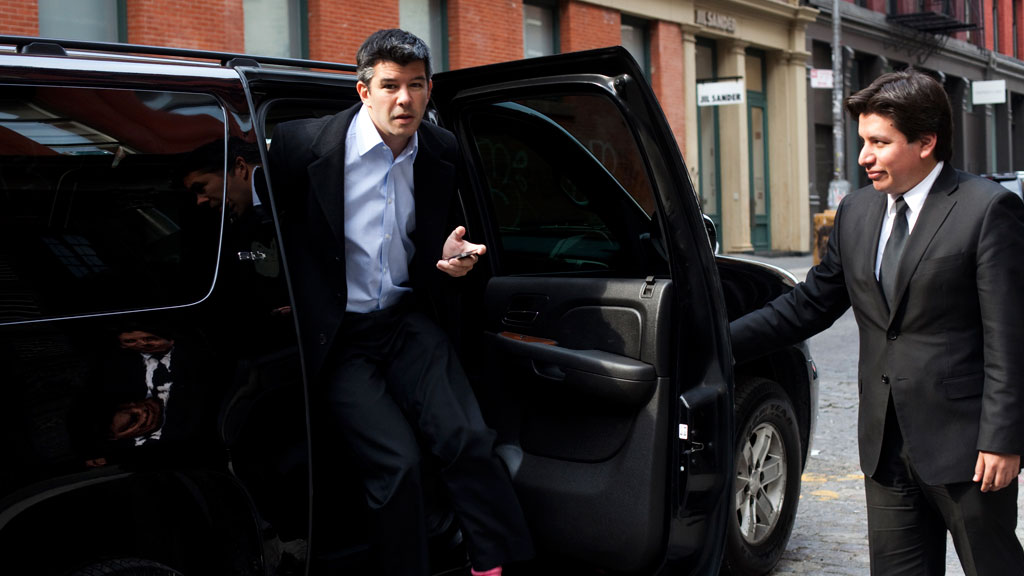
Will the real Uber please stand up? Is it the strong-arm brand doing whatever it takes to disrupt the entrenched boys’ club industry of taxis and town cars? Or is it the sleek and friendly service that gives ordinary folks an executive transportation experience?
Right now, it’s both, and judging by the $40B valuation, the financial sector is just fine with that. Customers don’t seem to mind either. We’ve heard our share of business travelers argue the level of Kalanick’s boneheadedness over coffee or drinks — then Uber home. These stories are even creating their own Uber lore, worth rubbernecking from the sidelines as venture-backed case study.
But let’s not forget the drivers. The Uber experience is really in their hands. Their treatment of customers is what really makes the Uber brand work and ultimately turns strong-arm management tactics into cause for conversation and vigilance rather than revolt. So far, efficiency and convenience win out. Why? The service simply works. It’s easy, and it gives regular working stiffs — not just top execs — access to the status and style of the town car experience.
While Uber’s two-faced brand isn’t politically correct or ethically palatable, disruption has never been pretty. Uber seems to be one of those tech sector companies bold enough to earn status inside the silent rule of companies so disruptive they simply can’t fail.
What defines brand success? Financial valuation? Customer experience? On both these counts, Uber’s doing just fine. Which doesn’t mean management will get a pass forever for its tactics. But for now, a great service outweighs the downsides of bad behavior.



